
Research & Development
Our research and development activity addresses many different fields within acoustics. This contribution to applied research takes place through conceiving and developing systems in which the acoustic component is fundamental.
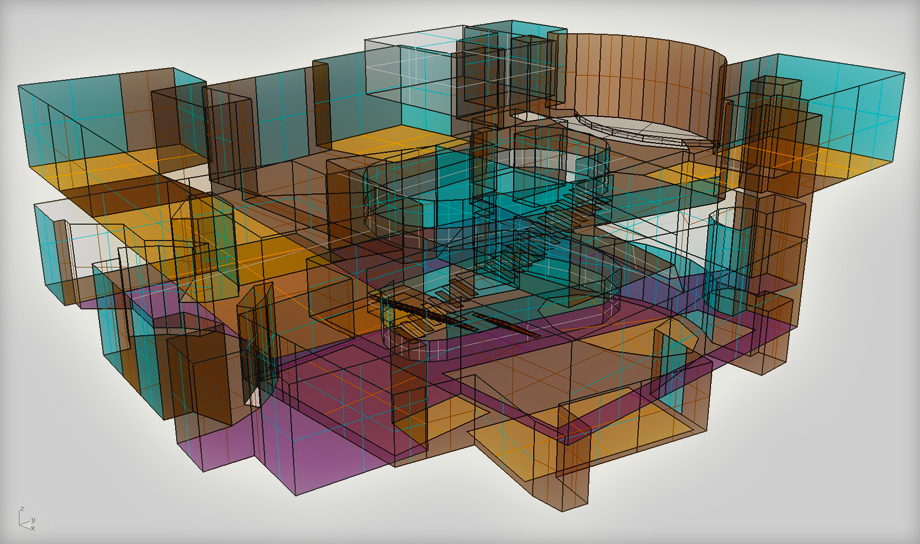
Acoustics of rooms
Concerning the acoustics of rooms, our research addresses the development of diffusion systems or numerical simulations but also normalization, specific to the field:
 |
We conceive absorbing and/or diffusing panels specific to your interior for custom interior design and acoustics. |
The resonator, whether a quarter-wave, surface or Helmoltz type, is an efficient component for reducing sound level variations in critical listening spaces. We study them and apply them to numerous projects. |
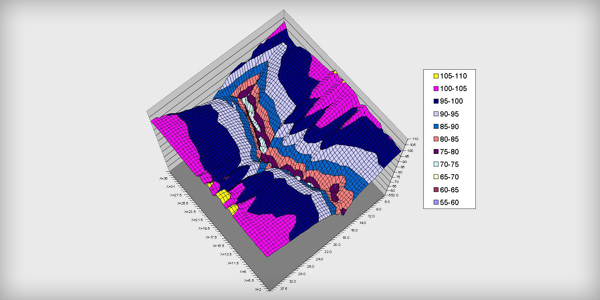 |
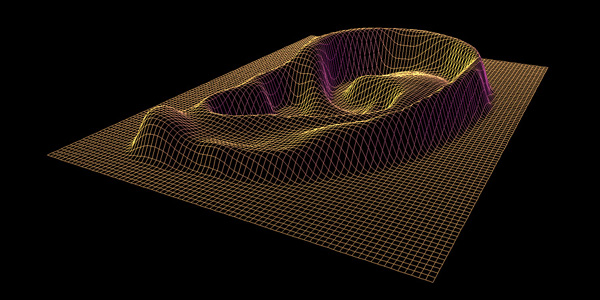 |
Whatever our research project, we do not lose sight of the perceptive organ essential to our activity. |
Ultrasounds
Ultrasounds are elastic waves with frequencies above the audible range (>20KHz). The properties of ultrasounds are used in many fields, and we study them for projects on sub-marine stereo-localization and communication.
Like bats, using a 3D ultrasound scanner allows for measuring and modelling the form of a cave or any other shape. |
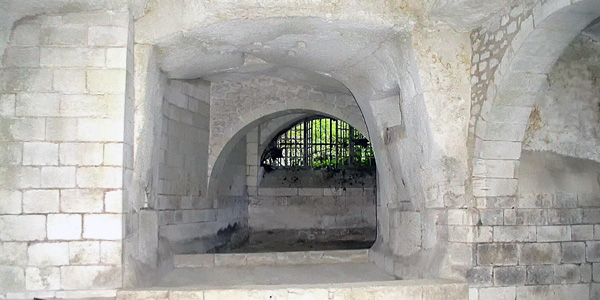 |
Infrasounds
Infrasound waves are elastic waves with frequencies below the audible range (<20 Hz), capable of being propagated over long distances and difficult to control due to their long wavelength.
Infrasounds have a strong impact on the body: even at low power, each organ of the body can vibrate at one or multiple resonance frequencies. These symptoms appear as visual or psychological troubles, with dizziness, vomiting and headaches. Recent medical studies indicate that infrasounds appear to act on the nervous system and the brain by altering the nervous impulse.
Whenever the weather conditions allows us to do so, we study the infrasonar waves produced by wind turbines, ventilators and high-speed trains (principally when entering or leaving tunnels).
Since we cannot hear them, infrasounds are detected using specific detectors, and then the signal is represented and analyzed. Here we see the plotted times, frequencies and amplitudes of a recorded signal. |
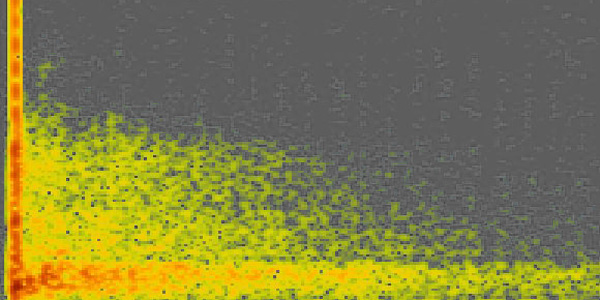 |
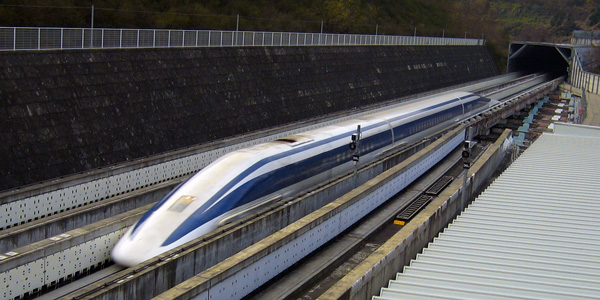 |
The magnetically-levitated high-speed train, Maglev, generates large infrasonar pressure waves when entering and exiting tunnels. The nearby environment and the machine's stability are perturbed. [ Kobayasi Institute - Japon, 2004 ] |
Other examples:
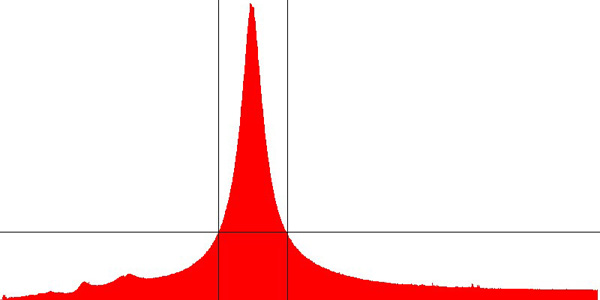 |
Vibrations are measured using an accelerometer. This spectrum shows a distinct resonance of the structure of a piece of technical equipment. |
A submarine localization apparatus uses the difference in rating or the pressure wave, captured by three transductors. The three equations are represented by three cones in space, the correct value is situated at the intersection. |
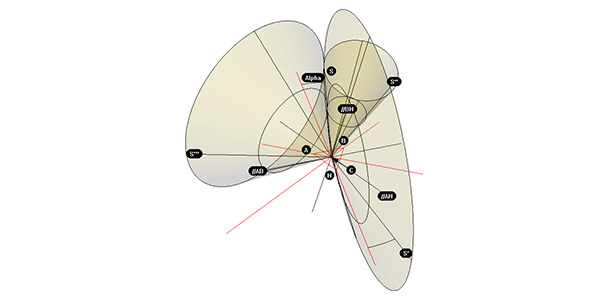 |
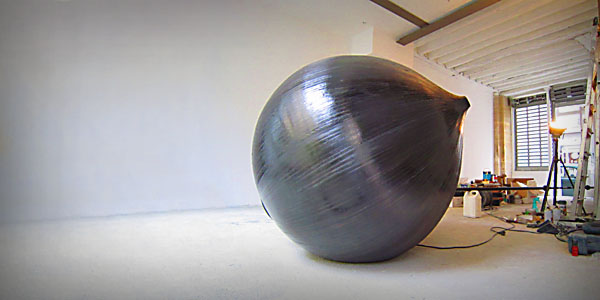 |
This prototype of a Helmholtz-type resonator allows the demonstration of the impact of certain infrasound frequencies on the body and the mood disorders that can follow. [ S.SAUTOUR + AKONITE, Paris, 2012 ] |